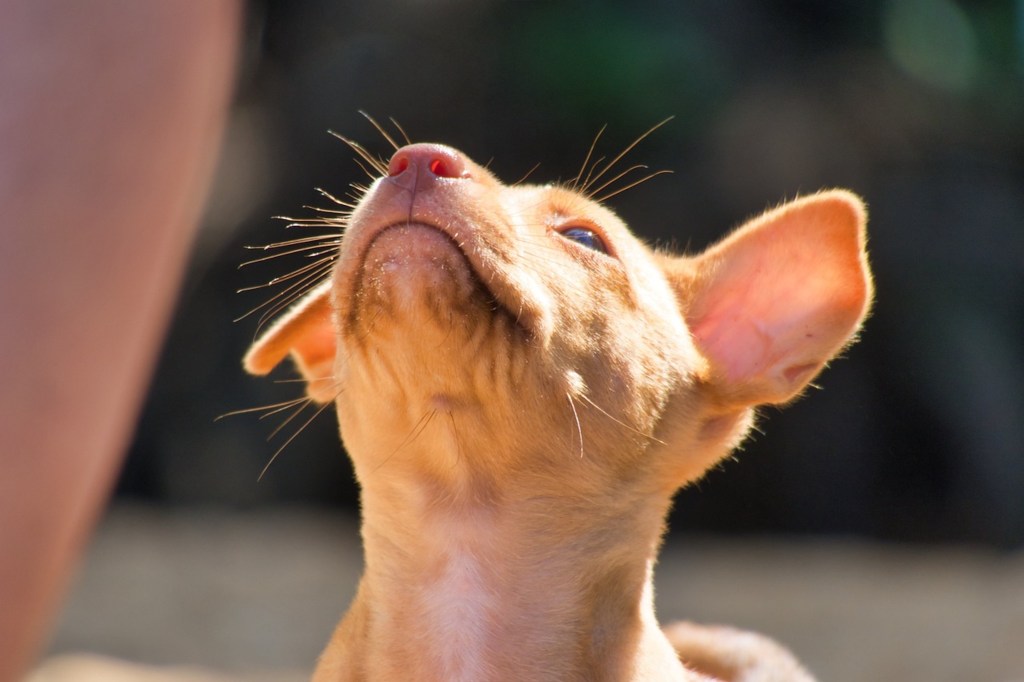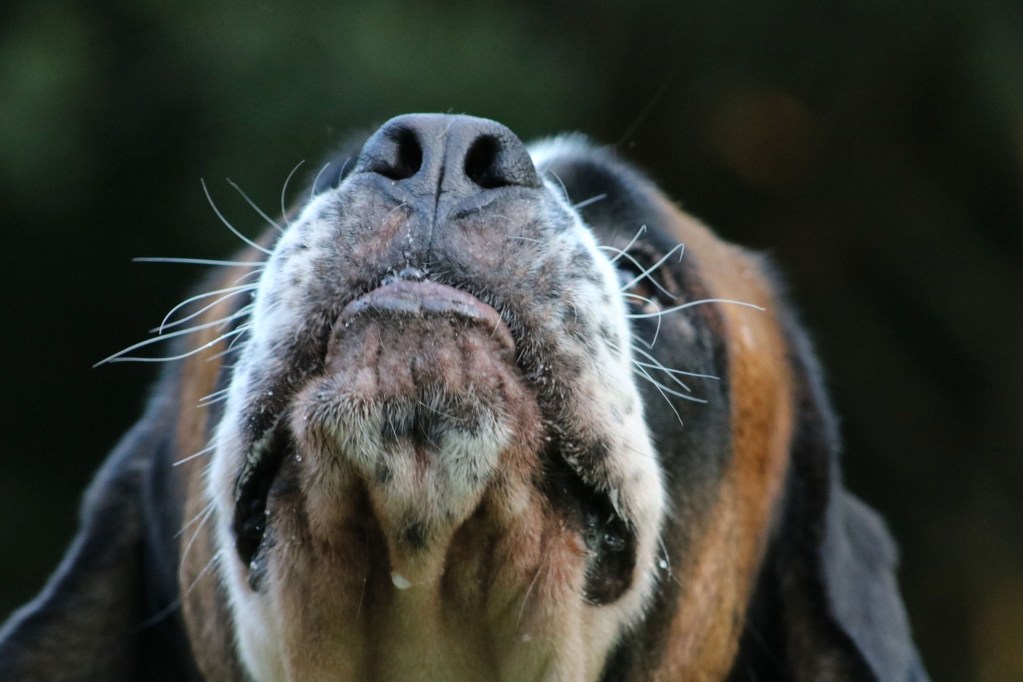If you’ve ever observed those further-long hairs on your canine’s confront, it’s only ordinary to speculate what they are and what they do. Regardless of whether your buddy visits the groomer or receives their fur brushed at residence, it’s tricky not to notice these hairs. Canines can switch away and even paw at their facial area when they’re touched, so they surely provide a intent. As it turns out, they’re basically canine’ whiskers! But why do puppies have whiskers?
These whiskers, or vibrissae, are crucial for the way canine feeling the earth all around them. They present all varieties of sensory information by way of nerve endings underneath the skin, but how accurately do they operate?
Do all puppies have whiskers?

Really, indeed! Though many canine have whiskers that are a great deal extra popular than those of other pups, all dogs normally produce whiskers. Nonetheless, they may possibly not look the identical on just about every doggy, and some may well no lengthier be there at all. If you acquire your pet dog to the groomer for a haircut on a regular basis, for case in point, their whiskers may perhaps be trimmed right together with the rest of their hair or fur.
It’s also important to take into account that whiskers aren’t only the stiffer, outstanding hairs on a doggy’s snout or chin. When a pet dog has specifically very long eyelashes or eyebrow hairs, all those are whiskers, also. A pet dog’s vibrissae are usually found “over the eyes, on the chin, and higher than the upper lip,” in accordance to Ryan Llera, BSc, DVM, and Lynn Buzhardt, DVM, from VCA Animal Hospitals.
Whiskers are some of the initial hairs that expand when a pup is born, and they can be straight or curly, relying on a dog’s genetics. What ever these vibrissae search like, they are deeply rooted and thicker than the relaxation of your pet’s hair, allowing them to use whiskers as a way to pick up sensations from the globe all-around them.
Why do canines have whiskers?

When speaking about human facial hair, “whiskers” refer to a person’s mustache or beard, but when chatting about pet dogs, whiskers are much more of an extension of the animal’s sense of touch. These extended hairs have deep blood vessels and nerve endings that pick up on the slightest motion or strain, which include the smallest, gentlest summer time breeze.
Effectively, whiskers are to canines what antennae are to insects. They let puppies to learn a lot more about their natural environment as a result of contact, regardless of whether it’s detecting a close by wall when strolling in the dark or sensation the dust on an aged area. They can even enable a pet make your mind up when — and when not to — enter narrow spaces. Assume of vibrissae as a further layer of security for the eyes and encounter.
Now that you know all these canine pleasurable information about the whiskers on their faces, you could believe twice the subsequent time you twirl or enjoy with these lengthy hairs. They’re very delicate. You can also make the very best conclusions at your puppy’s grooming appointments, as trimming the whiskers isn’t always a wonderful idea. Now you know!

